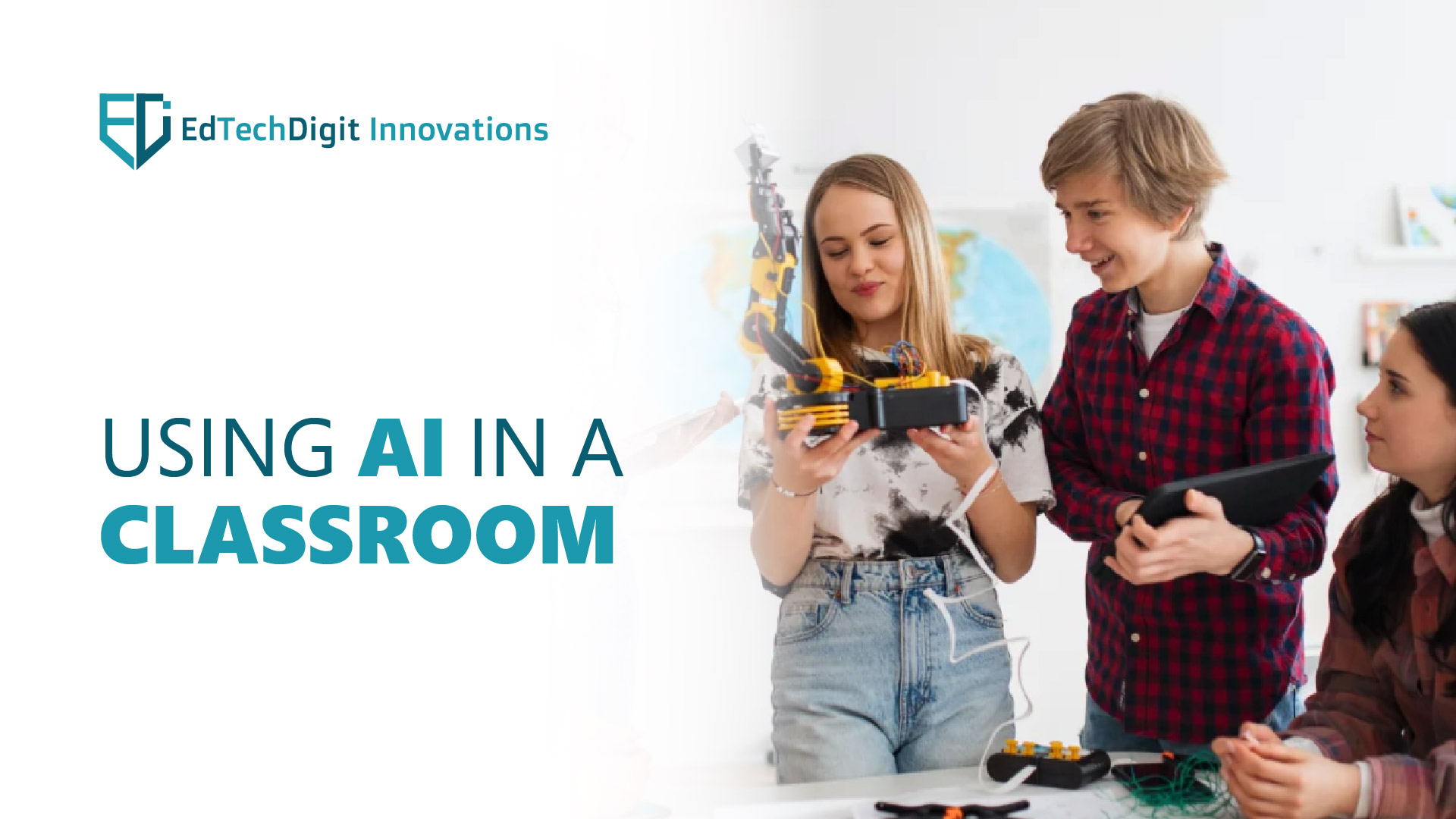Artificial intelligence has been transforming industries across the world and the education sector is not an exception. Lately, universities, schools, and colleges have also started integrating AI technology in their classroom infrastructure to enhance their student's learning experience and make a long-term impact on their learning process.
Using AI in the classroom, teachers can make learning more interactive, visually appealing, and offer more personalized learning to their students. However, they also come with various challenges such as bias, lack of transparency, cost constraints, etc.
If we look at the AI in education market, then it is growing at an astounding rate of 47.2% CAGR (2024-2030) and is expected to reach a market size of $55,444.6 million by 2030, as reported by P&S Intelligence, a market research firm. This indicates huge investments as well as wide adoption of AI in the classroom.
So, let us explore what impact AI is going to bring in primary and higher education and how classroom technology is evolving in the modern world.
Benefits of AI in Classroom
Though there are several benefits of using AI in the classroom, the maximum impact can be felt in the following areas:
-
Personalized Learning
The biggest impact of AI in primary as well as higher education is personalization. AI can deliver personalized learning experiences where AI-powered algorithms can learn students’ learning preferences and set difficulty levels according to the student’s knowledge.
AI can analyze huge amounts of student data such as their performance reports, assessment scores, learning style, engagement in classrooms, etc., and develop personalized content catering to individual student needs. Moreover, AI platforms can offer learning at their own pace, so that they can understand the concepts more clearly. Thus, it will make learning more efficient and impactful.
-
Automate Administrative Tasks
Another important strength of artificial intelligence technology is automation. In the education sector also, AI can help to automate several administrative tasks and remove the burden from teachers as well as freeing them up to focus on other activities to boost student engagement or enhance their teaching styles.
For example, AI-powered grading systems can help teachers with automated evaluation of student assignments and provide them with real-time feedback. Apart from this, AI in the classroom setting can be beneficial with automated scheduling of classes, managing attendance, sending out automated communications to parents and students, and so on.
-
Better Student Engagement
AI in the classroom has the ability to enhance student engagement. For example, AI-powered VR and AR systems can allow students to explore any concepts with virtual tours. Students can visit any event, place, or even inside the human body with the help of AR and VR.
Moreover, using AI can also help with more personalized support and guidance outside of the classroom. Like, teachers can assist their students with question answers, explaining concepts, or offering practice problems.
All these benefits are pioneers of transforming education with the help of AI.
Challenges of using AI in classrooms
Even though there are several benefits of using such advanced technologies like AI in the classroom, they often come with certain challenges that need to be addressed.
The efficiency and performance of all AI models depend upon the quality and quantity of datasets they are being trained on. So, if there are any inequalities in education, then they can be even more exaggerated in the AI systems.
On top of that, AI-powered tools might not be equally accessible to all students. This will lead to further gaps in students and have a different impact on their learning.
Data privacy and ethical implications are another challenge that needs to be considered while using AI in education. It becomes the responsibility of the educators to ensure the privacy and security of student data collected to train the AI models.
What does the future of AI in the classroom look like?
AI is still in its development phase and there are a lot of innovations and advancements going on in this sector. When it comes to AI in education, we can expect to see even more innovative AI applications that can provide immersive virtual reality experiences or AI-driven personalized career counselling.
It must be noted that AI should be integrated into education with much caution and careful consideration. Institutes must address the challenges associated with using AI in the classroom for primary and higher education properly so as to maximize the benefit of AI in creating a more equitable, engaging, and effective learning environment.
Conclusion
AI is definitely a game-changer. It has several benefits in the education sector, right from personalization to enhancing engagement. However, educators need to carefully address the associated challenges that will help them make a proper environment to use AI for the betterment of students as well as administrations. As we enter the future, we can see more advancements and more innovative applications enhancing students’ overall learning experience and engagement.

